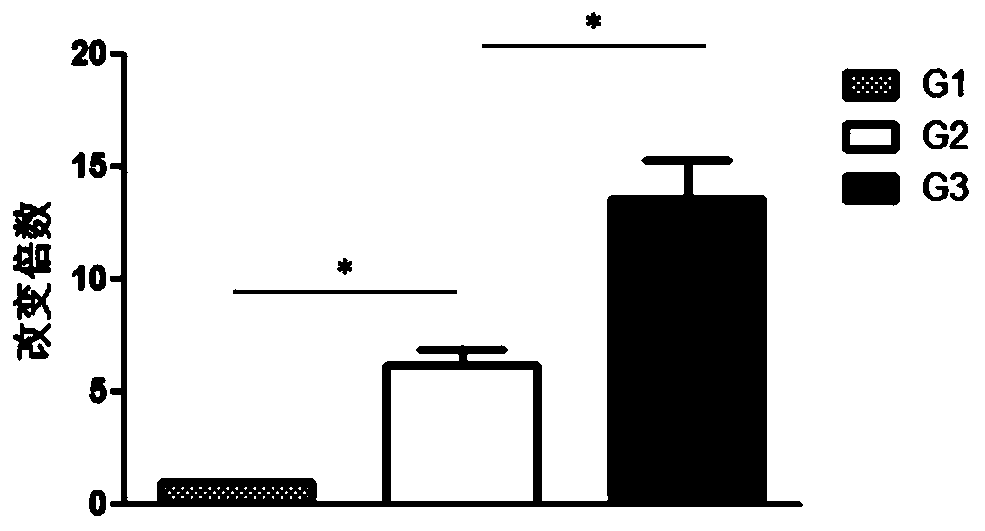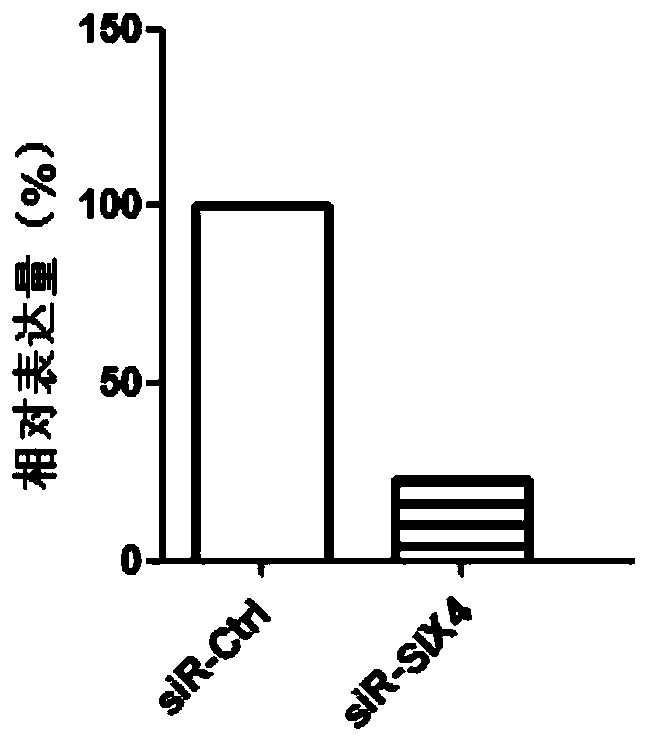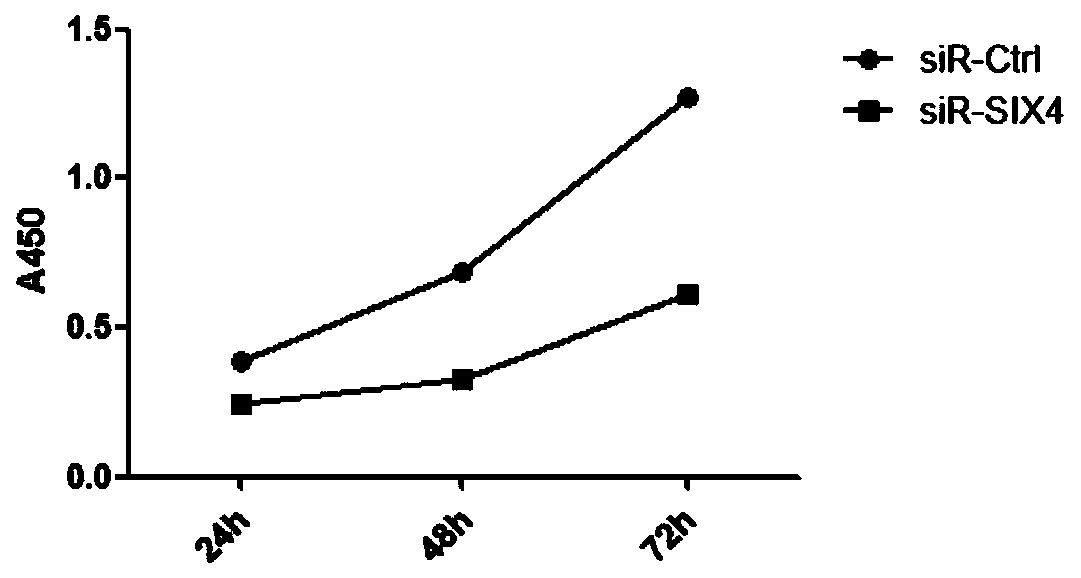Related marker of oral squamous cell carcinoma metastatic potential and application of related marker
A technology for squamous cell carcinoma and oral cavity, which is applied in the field of biomedicine and can solve the problems of reduced quality of life and destruction of facial appearance.
- Summary
- Abstract
- Description
- Claims
- Application Information
AI Technical Summary
Problems solved by technology
Method used
Image
Examples
Embodiment 1
[0047] Example 1 Screening for Molecular Markers Related to the Malignancy of Oral Squamous Cell Carcinoma
[0048] 1. Clinical research object:
[0049] Selected 15 cases of oral squamous cell carcinoma tissue resected by the Department of Stomatology and Maxillofacial Surgery of the hospital (all patients had not undergone radiotherapy and chemotherapy before operation), including 6 cases of well-differentiated (Grade III, G3) patients and moderately differentiated (Grade II, G2) patients. ) patients in 4 cases, and poorly differentiated (grade I, G1) patients in 5 cases (diagnosed by two experienced pathologists to determine the pathological grade of all cancer tissues).
[0050] Inclusion criteria: (1) No chemotherapy or radiotherapy was performed before operation; (2) OSCC was confirmed by postoperative pathology.
[0051] Exclusion criteria: (1) patients with recurrence; (2) no concurrent neck dissection; (3) no pathological confirmation.
[0052] 2. Tissue RNA extract...
Embodiment 2
[0080] Example 2 QPCR verification of the relationship between candidate genes and the malignancy of oral squamous cell carcinoma
[0081] Based on the results of previous high-throughput sequencing and according to the size of the P value, we selected the SIX4 gene for verification.
[0082] 1. Research object:
[0083] Selected 90 cases of oral squamous cell carcinoma tissue resected by the Department of Stomatology and Maxillofacial Surgery of the hospital (all patients had not undergone radiotherapy and chemotherapy before operation), including 30 cases of well-differentiated (G3) patients, 30 cases of moderately differentiated (G2) patients, and 30 cases of low-differentiated (G2) patients. There were 30 differentiated (G1) patients (diagnosed by two experienced pathologists to determine the pathological grade of all cancer tissues). The inclusion and exclusion criteria are the same as in Example 1.
[0084] 2. RNA extraction and detection
[0085] Carry out according ...
Embodiment 3
[0098] Example 3 SIX4 gene affects the proliferation and migration of oral squamous cell carcinoma
[0099] 1. Cell culture
[0100] Oral squamous cell carcinoma HN6 cells were cultured with high-glucose DMEM complete medium (containing streptomycin-penicillin, 10% fetal bovine serum). The experiment was carried out using cells in the logarithmic growth phase, and the culture conditions were 37°C, 5% CO 2 ,>95% saturated humidity.
[0101] 2. Cell transfection
[0102] Using transfection reagent liposome and serum-free high-sugar DMEM solution containing antibiotics, the transfection system is 250 μl, and 5*10 4 HN6 cells were grown in 24-well plates at 37°C, 5% CO 2 Cultivate overnight in an incubator; place the diluted LipofectamineTM 2000 at room temperature for 5 minutes, mix with diluted siRNA and leave at room temperature for 20 minutes to form a transfection complex. Add the above-mentioned mixed transfection complex to the cultured cell liquid (set irrelevant siRN...
PUM
 Login to View More
Login to View More Abstract
Description
Claims
Application Information
 Login to View More
Login to View More - R&D
- Intellectual Property
- Life Sciences
- Materials
- Tech Scout
- Unparalleled Data Quality
- Higher Quality Content
- 60% Fewer Hallucinations
Browse by: Latest US Patents, China's latest patents, Technical Efficacy Thesaurus, Application Domain, Technology Topic, Popular Technical Reports.
© 2025 PatSnap. All rights reserved.Legal|Privacy policy|Modern Slavery Act Transparency Statement|Sitemap|About US| Contact US: help@patsnap.com



